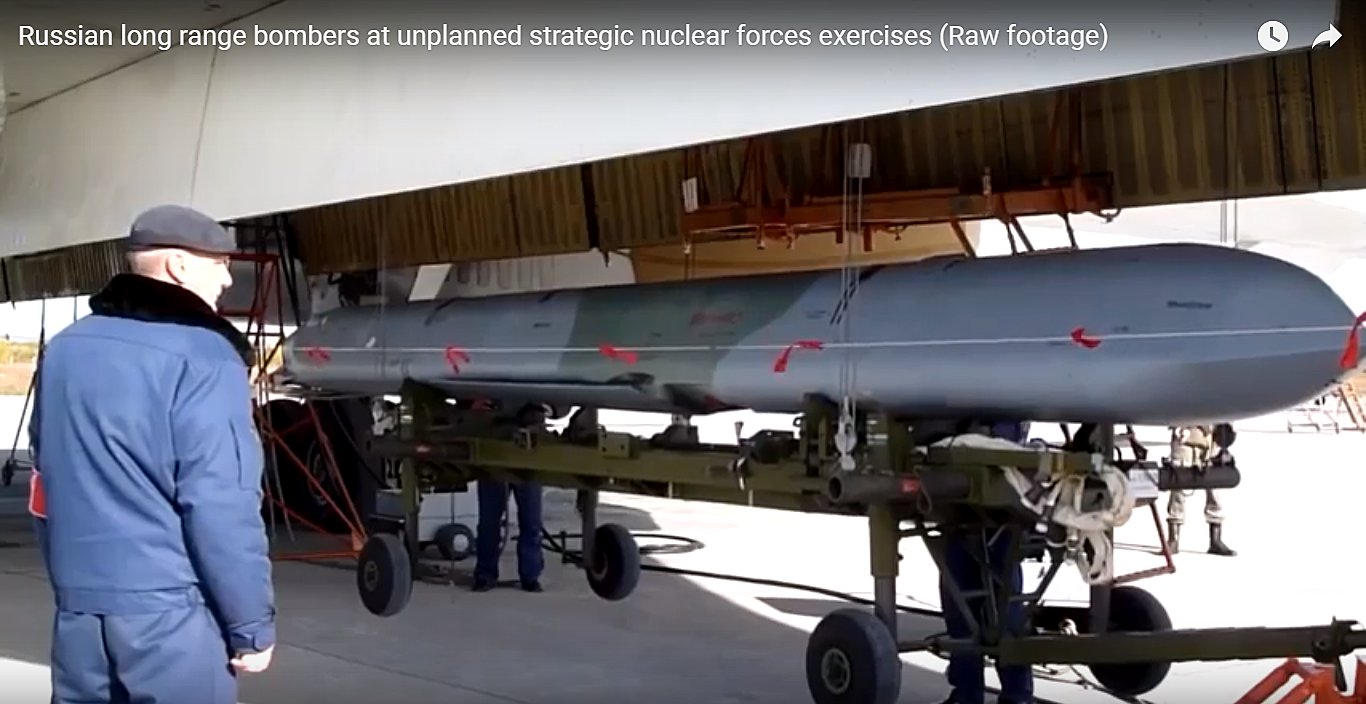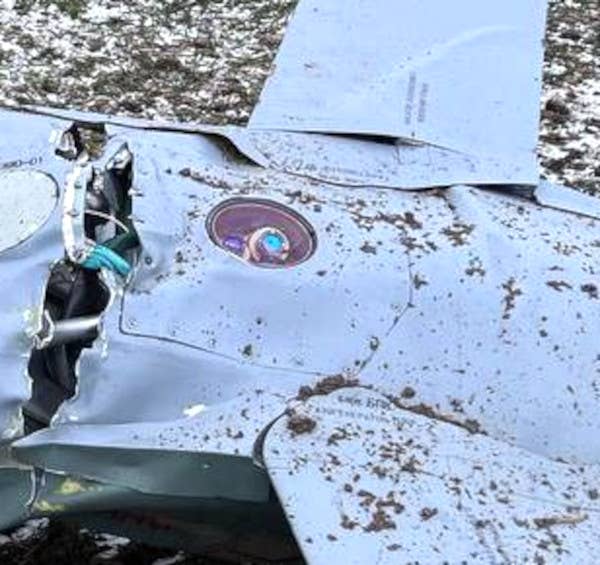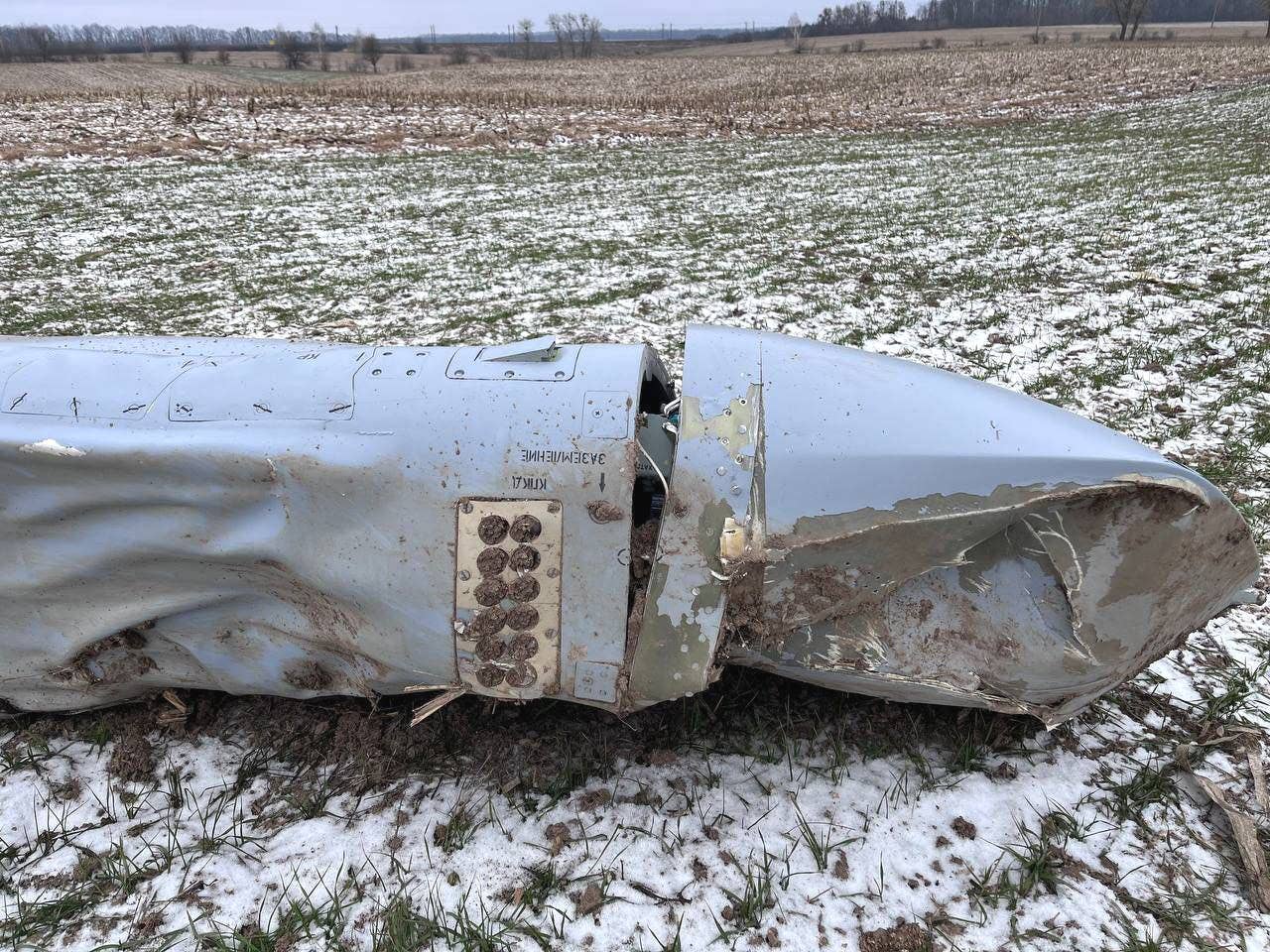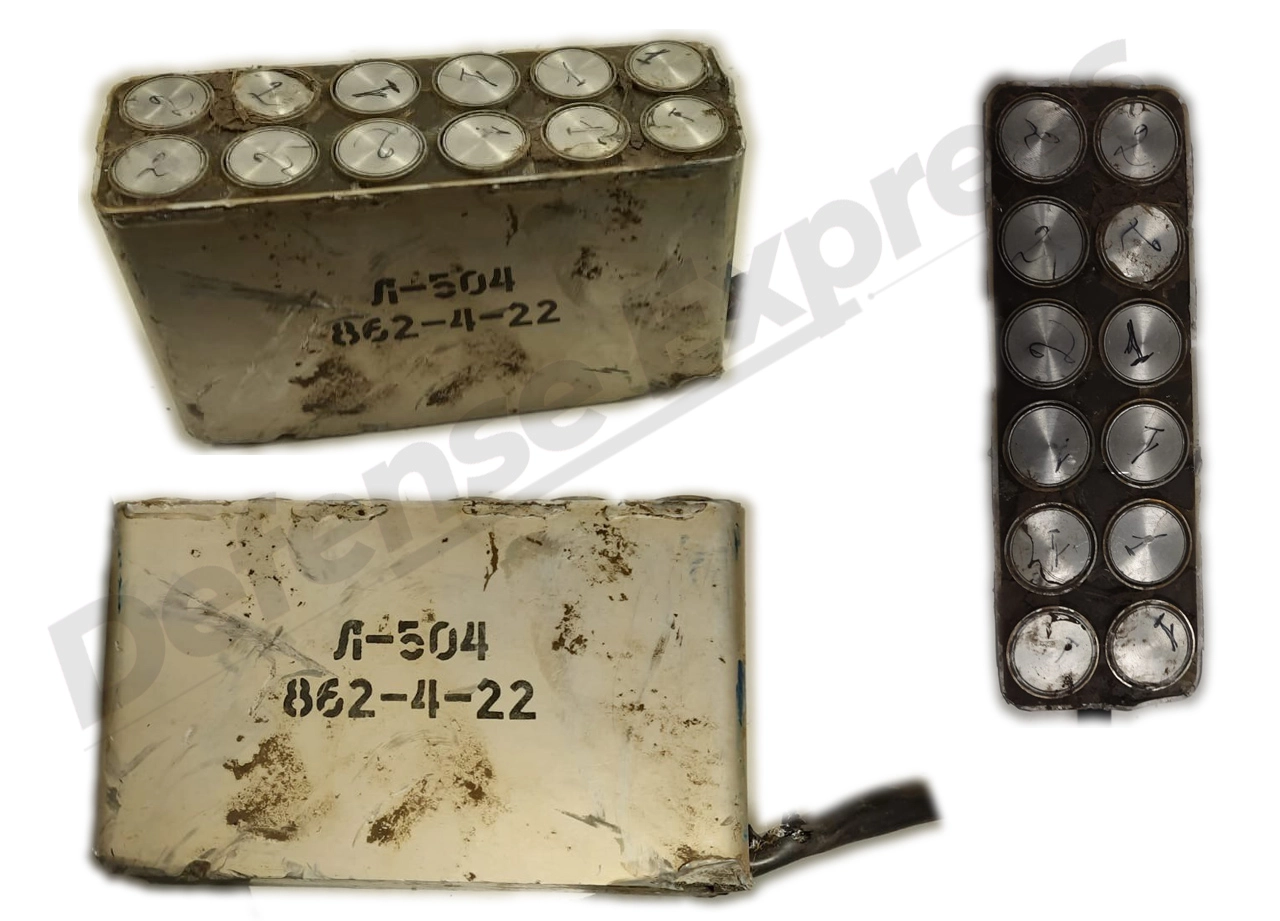According to the latest revelations by Ukrainian military specialists, Russians have allegedly begun employing the improvised versions of their Kh-101 air-launched cruise missile (ALCM) in Ukraine for precisions-strikes against critical ground targets.
Russia launched massive missile and drone strikes across Ukraine on February 10. During the attack, the Russian military is said to have used Kh-101 ALCMs produced in the first quarter of 2023, as per claims by Ukraine.
In a recent briefing by the Ukrainian military’s media center, a representative of the research center, Colonel Mykola Danyliuk, revealed some of the new technologies found inside the Kh-101s shot down by Ukrainian air defense.
Earlier this month, EurAsian Times reported about the relatively intact remains of a Russian Kh-101 ALCM reportedly downed in Ukraine’s central Vinnytsia region on January 26, which also offered critical insights into some of its features and may have even contributed to the discoveries of the new technologies revealed by Colonel Danyliuk.
Kh-101 Air-Launched Cruise Missile
The Kh-101 is one of Russia’s most capable air-launched cruise missiles (ACLMs). The developmental work on the missile began in the 1980s to replace the Kh-55.
The Kh-101 program called for a development of a stealthy ACLM, and therefore even if it is derived from the Kh-55-series, it represents a substantially revised exterior design meant to be at least somewhat stealthy.
The missile made its first flight in 1998, and the first pictures of the missile surfaced in 2007. Externally, it has some similarities with the US AGM-158 JASSM air-launched cruise missile, however, the Kh-101 has a significantly longer range.
It can travel up to a distance of 3,000 kilometers.

The modernized Tu-160M and Tu-95MSM strategic bombers carry the Kh-101. It is armed with a conventional warhead weighing between 400-450 kilograms. The warhead types include high explosive, penetration high explosive, and submunitions warhead.
There is also a nuclear-armed variant called the Kh-102 which can carry a 20-kiloton thermonuclear warhead. It is the Russian Aerospace Force’s (VKS) main air-launched nuclear-armed cruise missile.
Ukraine’s Latest Claims Confirm Speculations
The images of the fallen Kh-101 in the Vinnytsia region that surfaced in late January revealed the presence of a camera behind what appeared to be a circular window. This camera was speculated to be a part of the Otblesk-U guidance system.
In his recent briefing, Colonel Danyliuk claimed that the camera found in downed Kh-101 missiles is a new one with three fixed lenses that observe the surface at different angles. In contrast, the old camera had one swivel lens.

Apart from that, Danyliuk said that the upgraded Kh-101 had a change in its guidance system, which makes it similar to the American DSMAC (digital scene-matching area correlation) used in certain versions of the Tomahawk, which uses an internal database of relevant terrain imagery to help guide the weapon toward its targets.
He further said that this system could work simultaneously with TERCOM (terrain contour matching), which compares the radio altimeter data to the reference terrain data.

However, as discussed earlier by EurAsian Times, there is nothing new in this. The Kh-101 is known to have both of these guidance systems.
Danyliuk further talked about the changes in the missile’s BAGET-62-04 type electronic computing machine, saying that this component of the Kh-101 cruise missile is direct evidence of the dependence of the Russian military-industrial complex on foreign components.
He claimed that Russia has switched to new chips made by another manufacturer, as there was a difference in the size of the microcircuits used in the latest missiles and those used in older iterations of the missile.
Danyliuk’s briefing also clarified a section of the intact Kh-101’s wreckage found in Vinnytsia, which had a dozen circular holes in two symmetrical rows of six each, filled with mud.

These holes were speculated to have been intended for dispensing countermeasures like the radar-confusing chaff to confuse hostile air defense radars.
A simple and crude radar warning receiver could automatically trigger their employment after detecting pre-programmed radio-frequency emissions under certain circumstances. They could also be pre-programmed to fire at specific points of vulnerability along the missile’s flight route.

The holes found on the Kh-101’s wreckage resemble the countermeasures dispensers sometimes seen on aerial target drones like the American BQM-167 Skeeter, which were also used in actual combat operations during the US-led invasion of Iraq in 2003 to dispense chaff to protect the path of friendly aircraft and missiles, by confusing the Iraqi radars.
Danyliuk’s briefing corroborated this speculation, saying that the holes are used to fire ‘radio flares’ automatically after the cruise missile detects radar activity.
- Contact the author at tanmaykadam700@gmail.com
- Follow EurAsian Times on Google News




